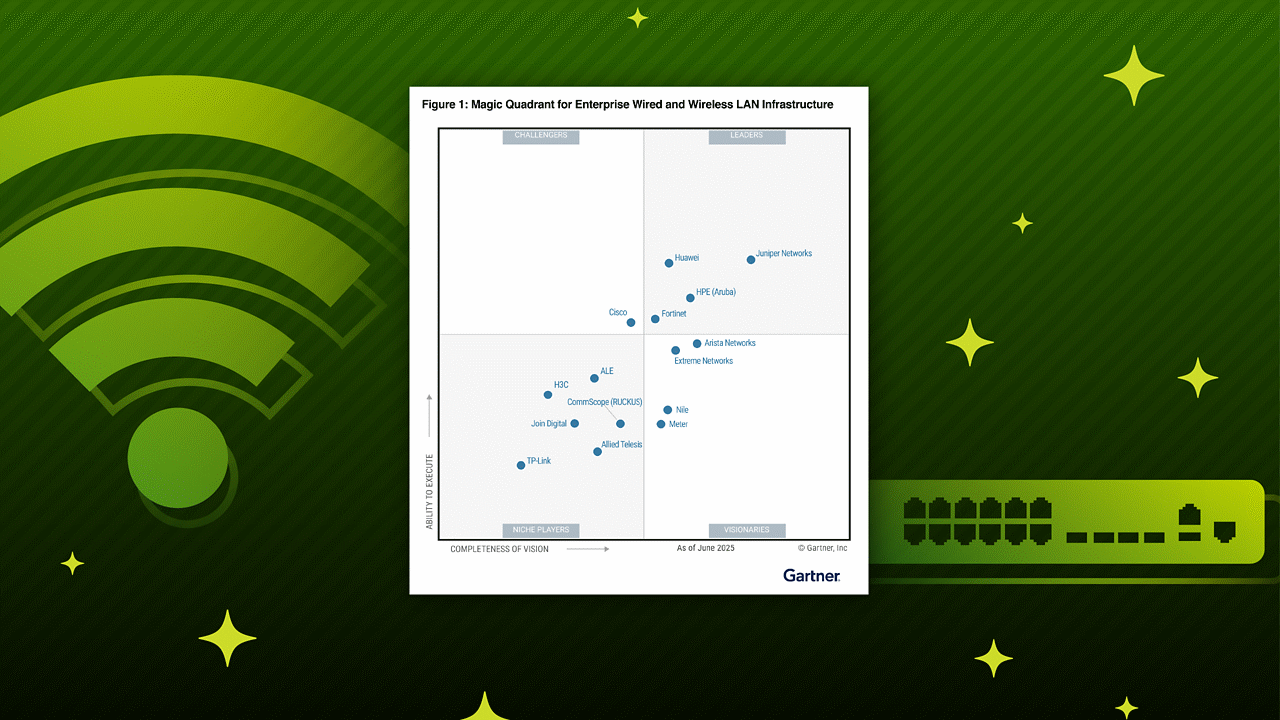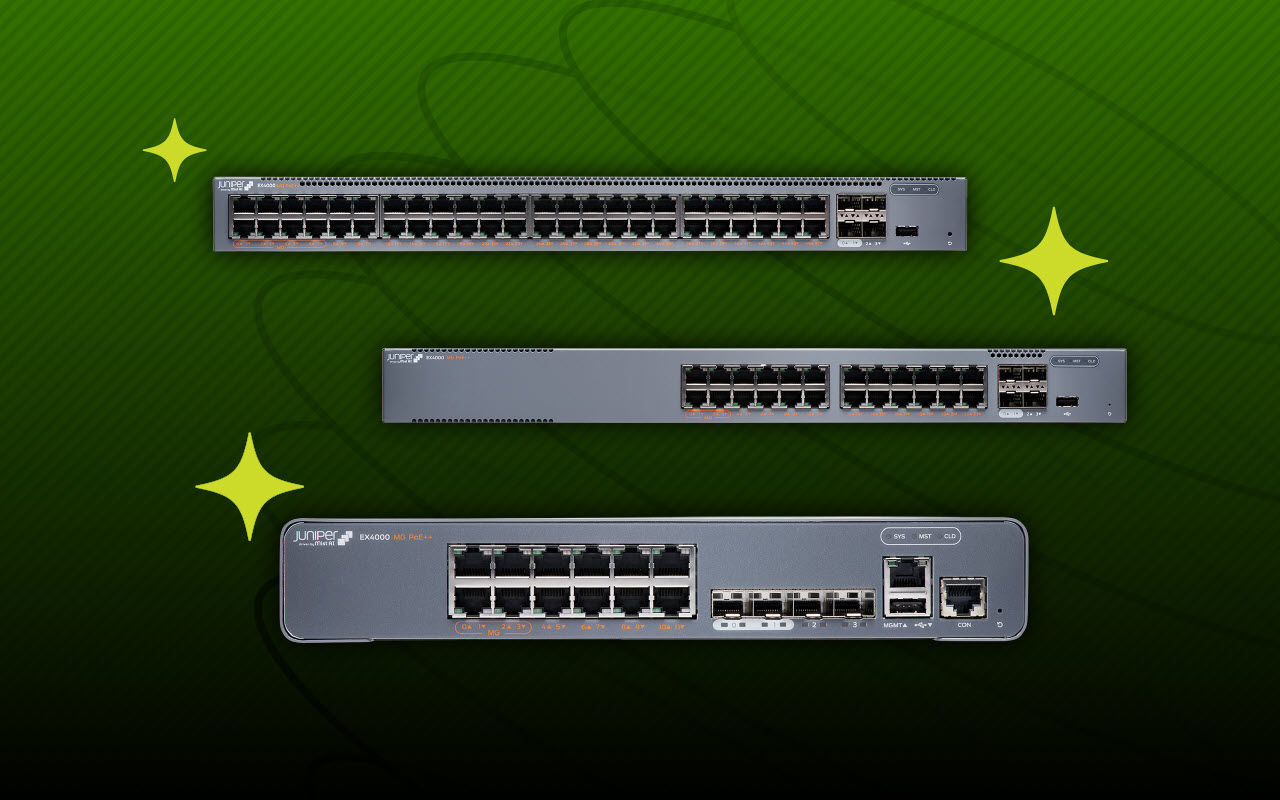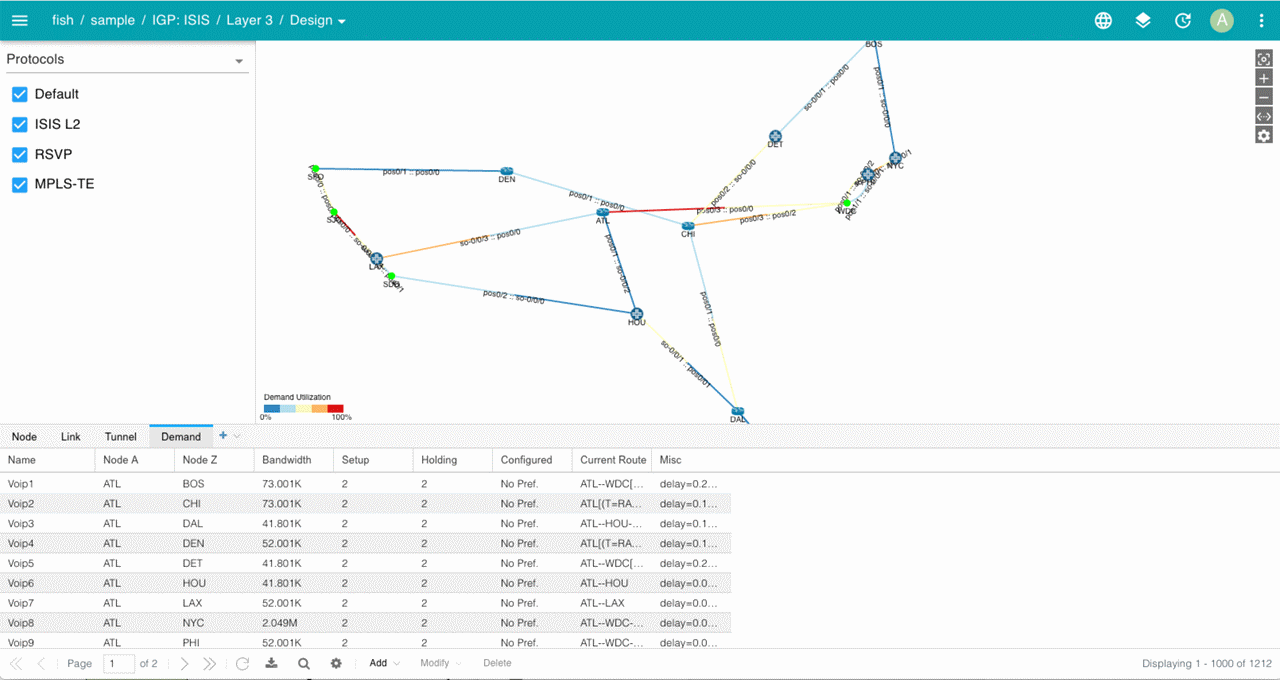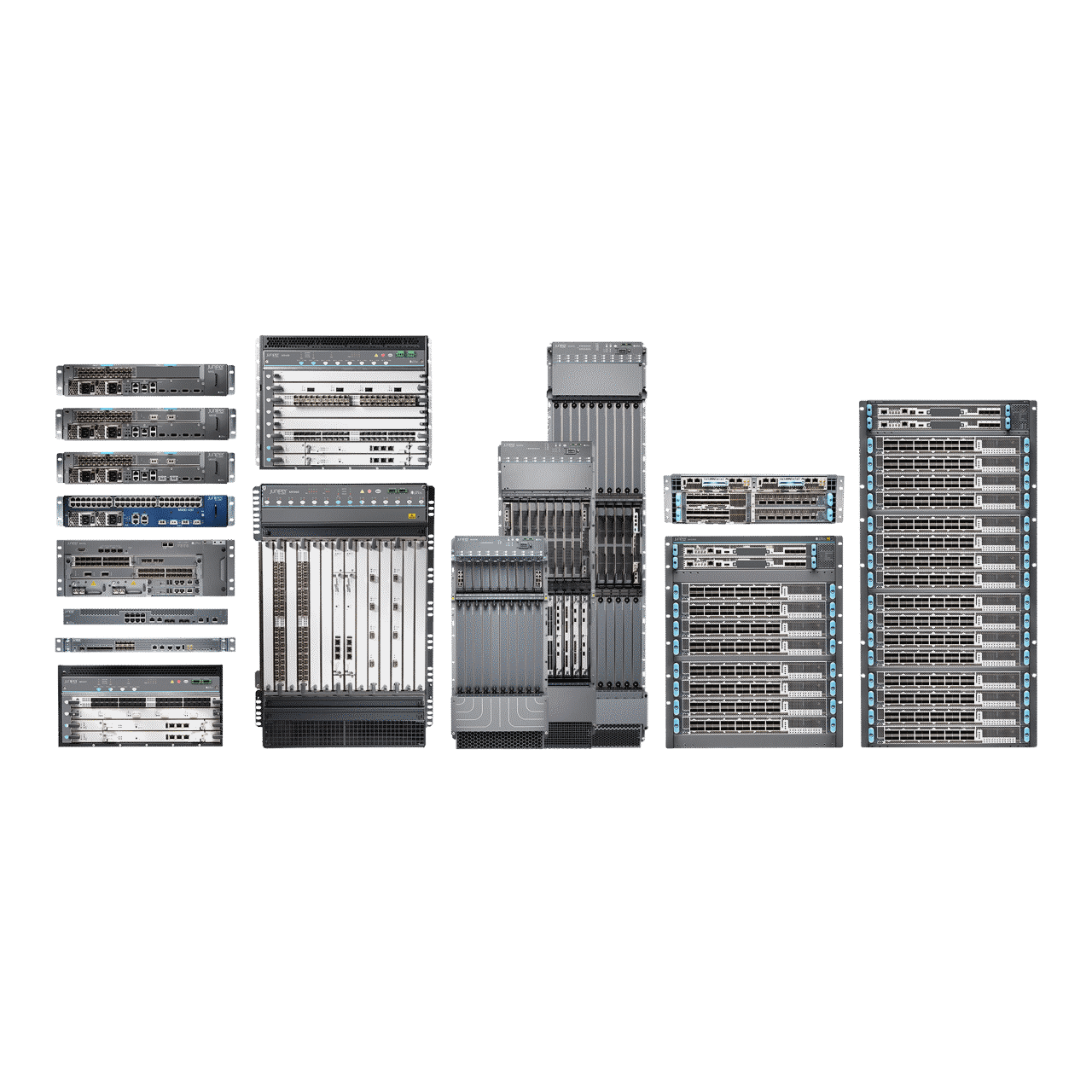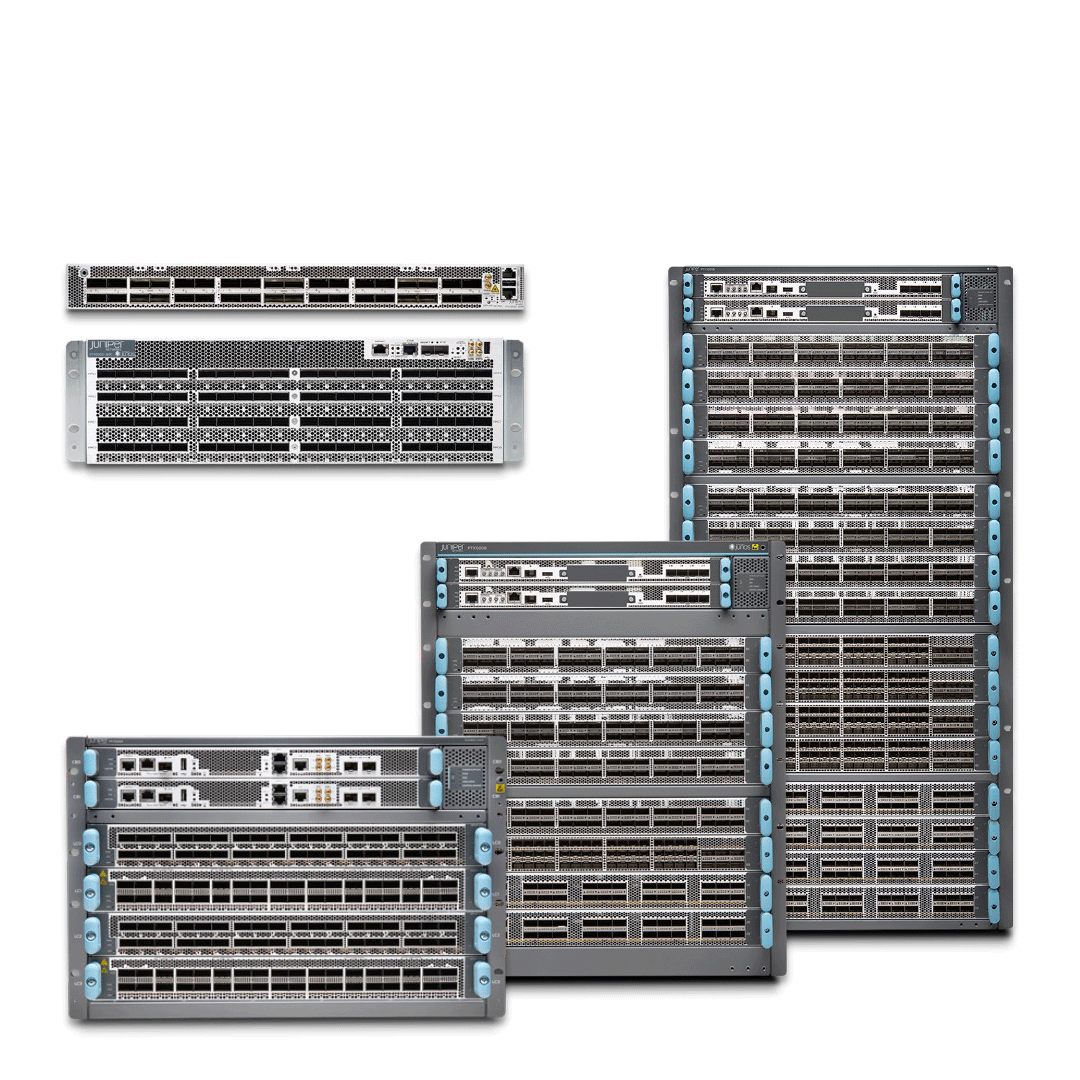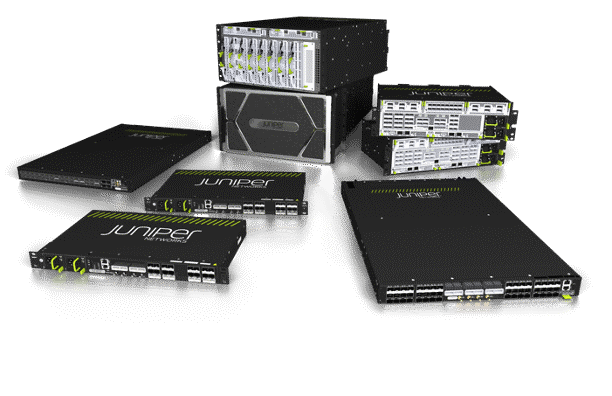Solutions & Technologies
Segment Routing
As content and applications migrate to the cloud, the demand for network bandwidth is accelerating, and users’ quality-of-experience (QoE) expectations are reaching new heights. At the same time, your networks are struggling to keep pace using their current transport architectures and management approaches.
To more easily and affordably meet demand and improve user experiences, you need a network transport solution that will provide greater control, agility, application awareness, and simplified traffic management for your networks. You can get all these capabilities with Juniper’s segment routing solution.
How Juniper can help

A simplified approach to traffic forwarding
Segment routing simplifies operations and reduces resource requirements in the network by removing network state information from intermediate routers and placing path information into packet headers at the ingress node.

Deploy on existing infrastructure
When you use Juniper segment routing, you won’t have to swap out your network hardware as you transition. That’s because we design our equipment using high-performance programmable ASICs. The high performance of Juniper ASICs enables you to build out your segment-routing environment on your existing Juniper hardware with industry-leading scalability while continuing to use the same, consistent Junos operating system you already rely on.

Easy migration with phased deployments
Juniper uniquely allows you to design, manage, and concurrently support multiple network types as you introduce segment routing into your environment. With our Paragon Pathfinder, you can run multiple control planes at the same time: segment routing over MPLS (SR-MPLS), Label Distribution Protocol (LDP), Resource Reservation Protocol (RSVP) and native IP.
Resource Center
Background Information
Analyst Reports
Learn More
Videos
Blogs
Podcasts
Whitepapers
Related Solutions
Juniper Automation
Juniper builds automation into all products for programmability and offers a suite of tools to help you benefit from automation in your environment. We believe that delivering assured experience is the first (and most important) requirement for your NetOps and DevOps teams.
Get details



